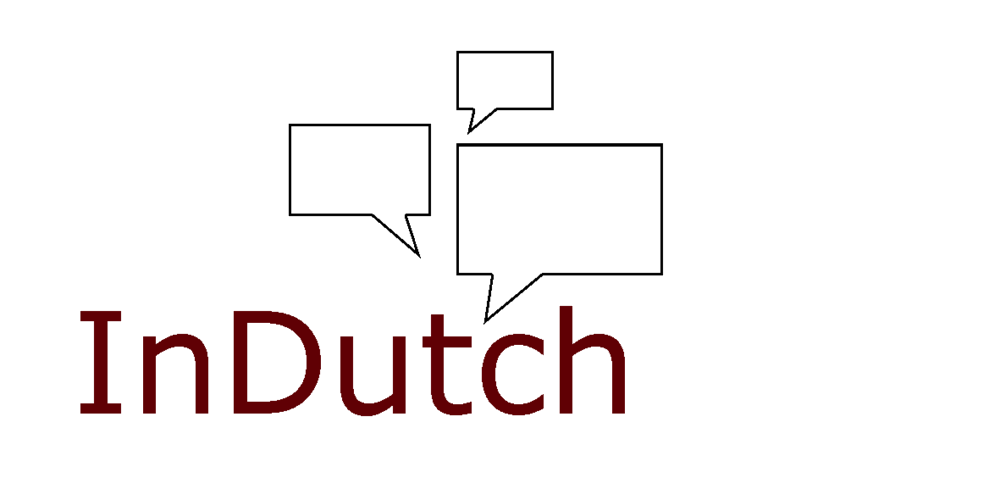Why MTPE should be paid more
For many years now, translation agencies have been trying to push MTPE – the post-editing of machine-translated text – onto freelance translators, while freelance translators have been pushing back.
There seems to be a huge gap between the mindset of project managers, who – understandably – argue that MTPE is the new way forward, that we should embrace new technologies, that machine translation will help us translate faster.
And that is true.
But let me tell you why we, freelance translators, are not keen on accepting MTPE: the rates we are offered, do not reflect the work that is required.
What the issues are
Agencies offer us a rate that at most is half of our regular translation rate, while the work is certainly more than half.
Firstly, MTPE involves a lot of rewriting, for various reasons:
Machines are dumb, and while some of their translations are impressive, others are garbage.
Translations of terms are very inconsistent, so a term that is used more than once throughout the text, even a key term, may be translated in three, four or more different ways.
Machines cannot follow glossaries or style guides.
And even small issues will cause a lot of work – the machine will often just copy the source’s capitalization and punctuation without taking the target language’s conventions into account.
But the main issue is: MTPE will try to deceive us. It will sneak in errors. The translation will look correct, because it looks so true to the source, and since we are just reading it, and not starting from scratch, the risk is much higher that we assume it is correct. And this means a text that has undergone MTPE has a much higher risk of containing mistranslations.
Example
Let me give you an easy example.
I proofread a text earlier this week that contained the word “confirm”. It was a text with instructions for a user to check if their data had been entered into the system and to check if it was correct. The machine had translated “confirm” as if the user needed to send the owner of the system a message saying “yes, the information is in the system”. However, the intended meaning of “confirm” was just to check if the information was there.
The translator had not spotted this and the incorrect translation, if published, would have caused confusion - the readers would have tried to find out how to send this message to the owner of the system, and I am sure the owner would have gotten queries about this, and would have been confused themselves, not knowing what this was about, since the source does not mention anything about sending confirmation messages.
It was very easy to miss – even for experienced translators (the sentence was rather complex in itself). But the machine introduced the error, while a translator starting from scratch probably would have interpreted the text correctly, as they would have analysed the sentence and thought about it more in detail.
Conclusion
In short, when it comes to MTPE: good results require a lot of meticulous work and the risks are higher.
Adopting new technologies will certainly help the industry, but the rates must reflect the real effort and risks. Project managers must understand that translators refuse to accept low rates because they know the work involved deserves to be paid more than what agencies are offering.
So if agencies want translators to use MTPE, they need to offer higher rates than they do now – I would even dare to propose the same rate as for regular translations.

